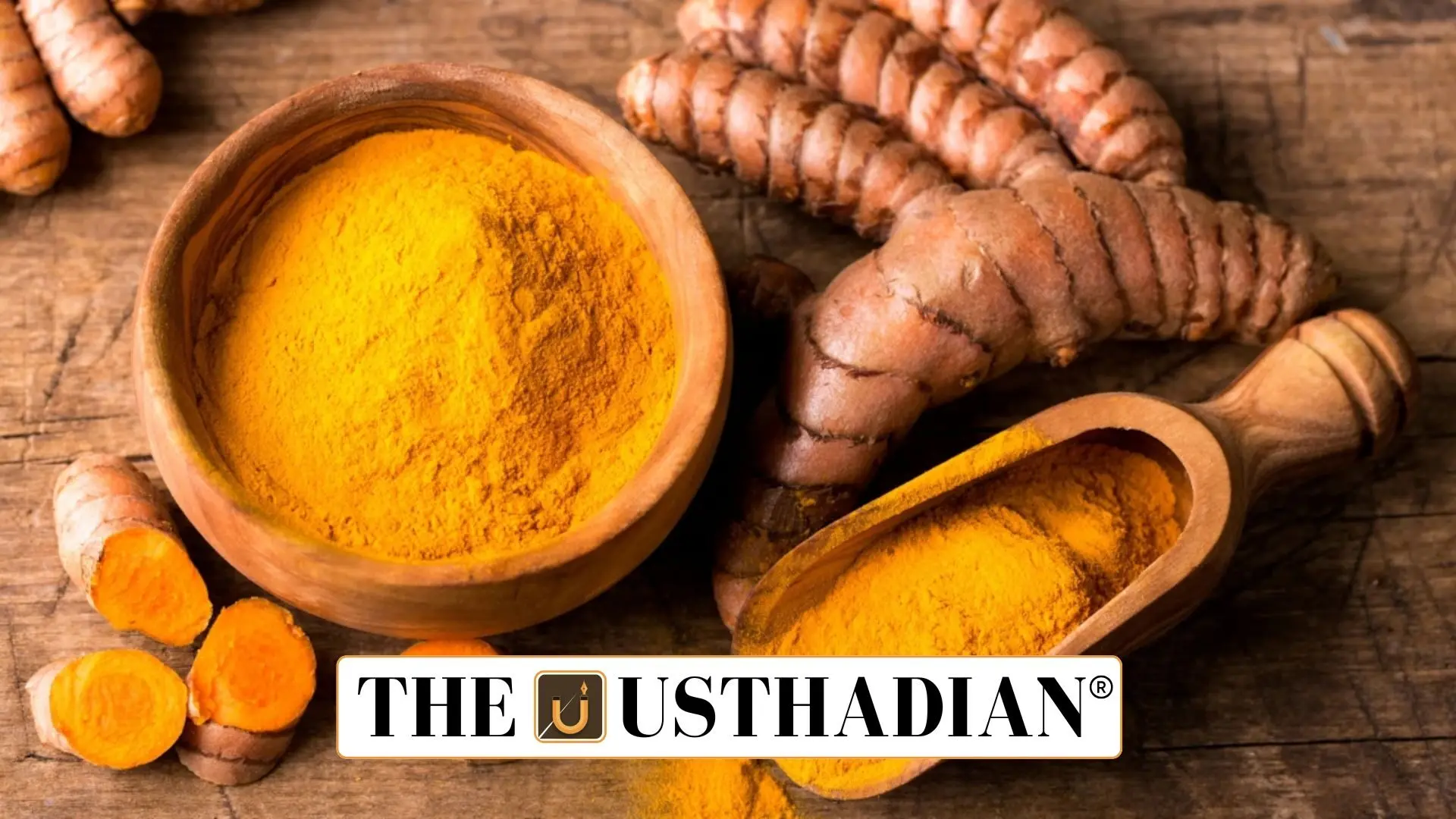Turmeric board finds a permanent home
National Turmeric Board Headquarters in Telangana: The National Turmeric Board was inaugurated in January 2025 in Nizamabad, Telangana, a major turmeric-growing region. The board had been notified earlier in October 2023, recognising the spice’s increasing commercial and medicinal relevance.
Why was the board set up?
The board is designed to act as a central agency for turmeric-related collaboration, especially among various government departments. Its primary aim is to provide policy leadership, facilitate value addition, and boost exports and farmer welfare.
It will also support research and development (R&D), improve yield, and strengthen supply chains for turmeric processing and marketing.
Governance and structure
The Ministry of Commerce & Industry is the nodal authority overseeing the board.
The Chairperson is appointed by the Central Government.
Key members include representatives from the Ministry of AYUSH, Department of Pharmaceuticals, and Ministry of Agriculture & Farmers Welfare.
State government officials from three states will serve on a rotational basis.
The board will also include turmeric farmers, exporters, and research institutions.
A Secretary will be appointed by the Department of Commerce.
India’s turmeric supremacy
India is the largest global producer, consumer, and exporter of turmeric. It contributes over 70% of the world’s total turmeric production and accounts for nearly 62% of global exports.
Although turmeric is grown in over 20 states, Telangana, Maharashtra, Tamil Nadu, and Andhra Pradesh together account for 63.4% of the country’s output.
Static GK fact: The Erode Turmeric from Tamil Nadu and Lakadong Turmeric from Meghalaya have Geographical Indication (GI) tags, offering them legal protection and distinct market recognition.
Global demand for Indian turmeric
India exports turmeric to countries like Bangladesh, UAE, USA, and Malaysia. The global demand has surged with increasing awareness about turmeric’s health and healing benefits.
The board will play a vital role in ensuring quality standards, better branding, and meeting international requirements.
What makes turmeric so special?
Turmeric is a rhizome, commonly known as the Golden Spice. It has strong antioxidant and anti-inflammatory properties, making it popular in Ayurveda and modern medicine.
It thrives in tropical climates, with 1500 mm of annual rainfall, and grows best in well-drained sandy or clay loam soils under 20–30°C temperature.
Static GK Tip: Turmeric belongs to the Zingiberaceae family, the same family as ginger.
Boost for farmers and economy
The establishment of the board is expected to improve the livelihood of lakhs of turmeric farmers, especially in leading producing states like Telangana.
With enhanced research, processing units, and international promotion, the board can boost turmeric’s visibility and value globally.
Static Usthadian Current Affairs Table
National Turmeric Board Headquarters in Telangana:
| Topic | Detail |
| Turmeric Board Inauguration | January 2025 |
| Location of Headquarters | Nizamabad, Telangana |
| Nodal Ministry | Ministry of Commerce & Industry |
| Global Production Share | 70% by India |
| Global Export Share | Nearly 62% |
| Major Producing States | Telangana, Maharashtra, Tamil Nadu, Andhra Pradesh |
| GI-Tagged Turmeric Varieties | Erode (TN), Lakadong (Meghalaya), Sangli and Waigaon (Maharashtra) |
| Ideal Rainfall for Cultivation | 1500 mm annually |
| Suitable Temperature Range | 20–30°C |
| Turmeric Family | Zingiberaceae |








